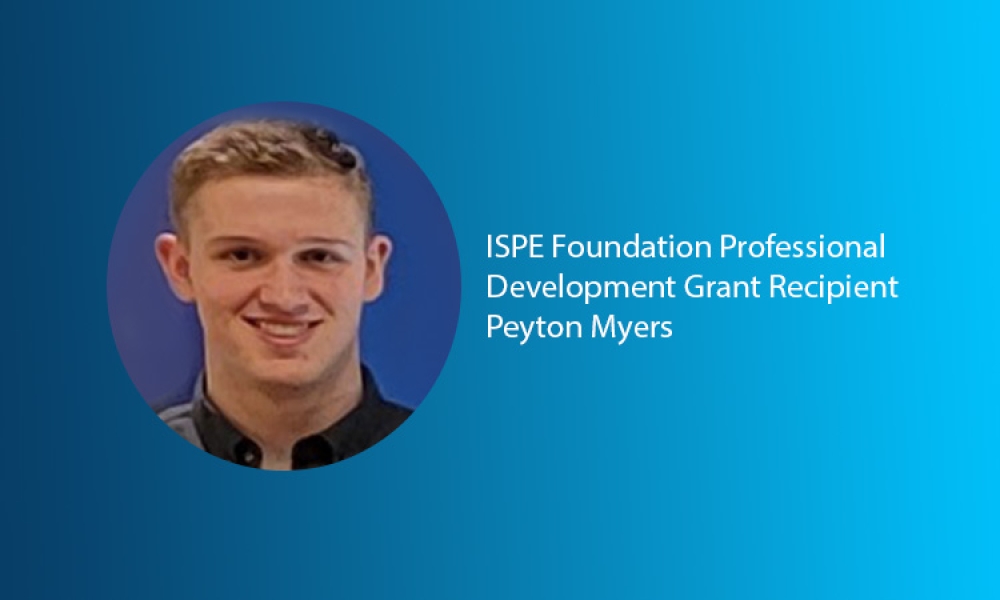What Should Pharma Expect When ICH Q12 is Implemented?

ICH Q12 is another quasi-management-based regulatory guideline.1 In a nutshell, the industry should expect additional confusion and more work from a vaguely defined, potentially duplicative system that will likely further inhibit the industry from achieving excellence. Despite the regulatory agency’s stated goals of working toward a performance-based regulatory system,2 ICH Q12 is a quasi-management-based regulatory approach that establishes an additional layer of requirements using a new lexicon for managing process changes for approved products. The reluctance of regulatory agencies to rely on performance based regulations to protect patients is understandable given the poor performance of industry.2 , 3 ,4 In order to achieve excellence, the lifecycle product management concepts described in ICH Q12’s title need to be a lot more than retrospective change control.
Excellence is achieved by using highly focused, straightforward methods, not multiple layers of guidelines that are always subjected to widely differing interpretations and implementations. ICH Q12 basically describes an additional layer of requirements using imprecisely defined explicit and implicit Established Conditions (ECs) structured using a PACMP (Post-Approval Change Management Protocol) within a PLCM (Product Lifecycle Management) program. These requirements are over-and-above the manufacturing process information that should be precisely defined in the ICH Q8 Design Space (DS) and Control Strategy (CS) descriptions in the original CMC submissions. (5) The process change information would be more effectively developed, easier to compile, and better communicated to regulatory agencies by amending the original CMC information within a well-organized CTD section appropriately structured for presenting well-structured DS/CS information.
Based on the industry’s inadequate performance, regulatory agencies are understandably trying to improve the industry’s performance by establishing management-based regulatory guidelines such as Q12. However, these guidelines should have a strong focus on both good science and engineering. While regulatory agencies focus on good science and process understanding, they sometime fail to place sufficient emphasis on good engineering principles and practices successfully used by other industries. As described in FDA’s 2011 PV guidance, excellent product quality is achieved by prospectively using good engineering methods centered on a complete process development lifecycle from definition and design (PV Stage #1) thru real-time process verification of all operating steps (PV Stage #3).6 Effective change control comes from a careful lifecycle assessment of the process and its performance using the original information as a context for evaluate changes in the CSs and the resulting performance of the new process along with the product it produces.
Combining two previous guidelines, ICH Q8 and FDA’s 2011 Process Validation (PV) guidelines 5 , 6 , provide a good management-based regulatory foundation that can be exploited to achieve excellence. 7 The PV guidance provides a solid lifecycle approach that develops process information that can be compiled and communicated using ICH Q8’s Quality by Design (QbD) and DS concepts to build CSs. Any changes to a process’s DS/CSs should be done in the context of evaluating and understanding the associated risks during the design stages using QbD. However, because PV, DS, QbD, and CS are less than rigorously defined in quasi-management-based guidelines5 , 6 , they should be expanded by industry practices to more complete, well-defined methods. 7
For example, the CQA/CPP based ICH Q8 Design Space does not include sufficient emphasis on clearly defining process inputs and outputs, particularly related to describing the behavior of the process for developing CSs, especially Real-Time Release Testing (RTRT) functions for releasing all operating steps. While the CQA/CPP lexicon provides sufficient terms for regulatory purposes, the lack of clearly defined inputs and outputs has led to considerable confusion regarding the development of product and process control strategies.7
Another concern with ICH Q12 is the addition of new methods and terms. Classifying variables into Critical, Key, and Non-key has led to considerable confusion in the past. Each parameter, CQA, CPP, etc. should not be classified, but evaluated and described with respect to its impact. ECs are nothing more than relabeled CQAs and CPPs. Many parameters or attributes may be non-key in one context and critical in another. All changes should be evaluated in the setting of the original process’s DS based on risk assessments and clearly stated rationales. The DS should be supplemented and expanded as necessary to describe the new or modified process, including a comparison of the process’s performance and the product’s they produce.
Another significant industry challenge on the horizon reflecting a lack of good engineering practices is the early stages of ICH Q13 that addresses Continuous Manufacturing (CM).8 The Q13 Business Plan suggests that CM is somehow fundamentally different than batch processes and thus must be developed and regulated differently. While they use different process technologies, both CM and batch processes are developed and controlled using nearly identical lifecycle, DS QbD/CSs strategies to achieve the common goal of operating consistency and product quality. The petrochemical industry uses both and does not have different approaches. Developing and controlling all processes is based on good engineering using lifecycle approaches. The nearly over-whelming challenges of CM rests in the product development challenges of quickly and efficiently introducing new, potentially more efficient process technologies without delaying the delivery of the product to the patients and the associated impact on revenue.
- 1ICH Q12 – Technical and Regulatory Considerations for Pharmaceutical Product Lifecycle Management Core Guideline; Draft version Endorsed on 16 November 2017
- 2 a b Yu LX, Kopcha M. The future of pharmaceutical quality and the path to get there. Int J Pharm, 2017; 528(1–2): 354–9.
- 3Peters, R. “Bio/Pharma Needs Ideas and Incentives to Advance Manufacturing, "Pharmaceutical Technology 43 (12) 2019.
- 4Wechsler, J. “Quality Manufacturing Key to Reducing Drug Shortages,” PharmTech.com, Nov. 29, 2018. http://www.pharmtech.com/print/368114?page=full
- 6 a b c FDA (CDER/CBER/CVM) – Guidance for industry: Process validation: general principles and practices., Rev 1, (Jan. 2011)
- 5 a b FDA (CDER/CBER) – Guidance for industry: Q8(R2) pharmaceutical development. Rev 2. (Nov. 2009).
- 7 a b c Witcher M. F. Integrating development tools into the process validation lifecycle to achieve six sigma pharmaceutical quality. BioProcess J, 2018; 17. href="https://doi.org/10.12665/J17OA.Witcher.0416
- 8ICH Q13: Continuous Manufacturing for Drug Substances and Drug Products” dated 14 November 2018



